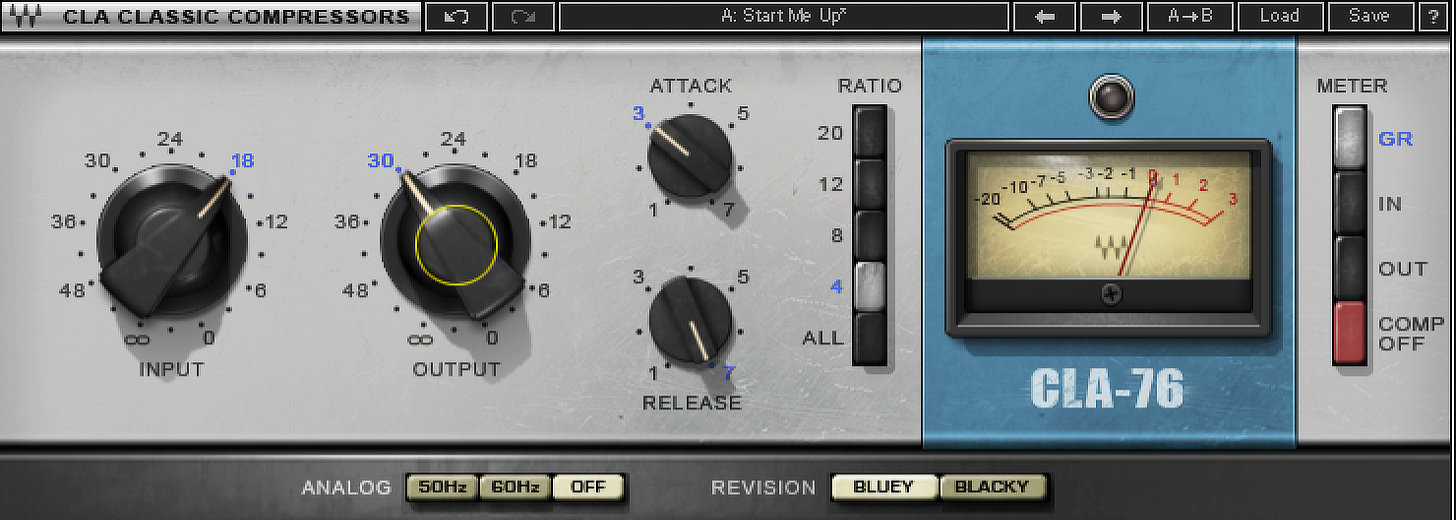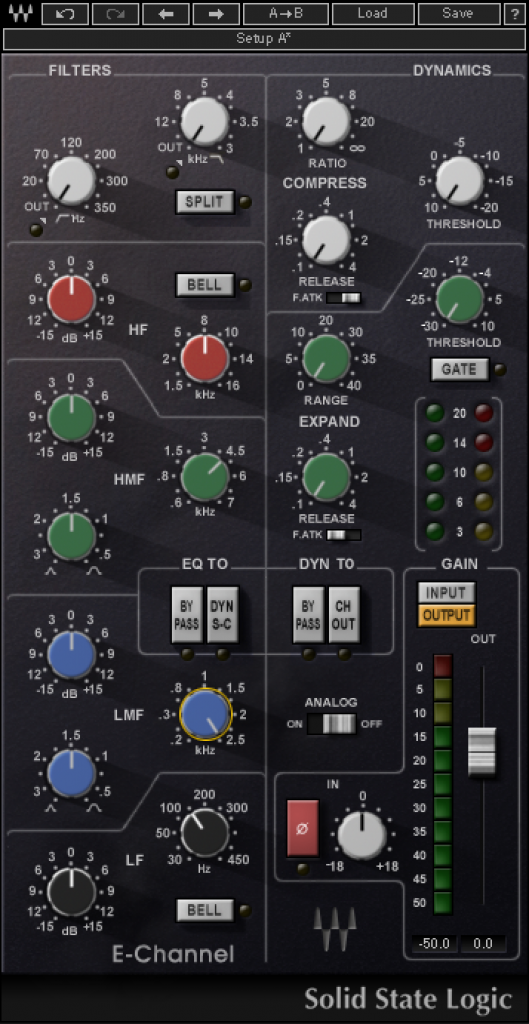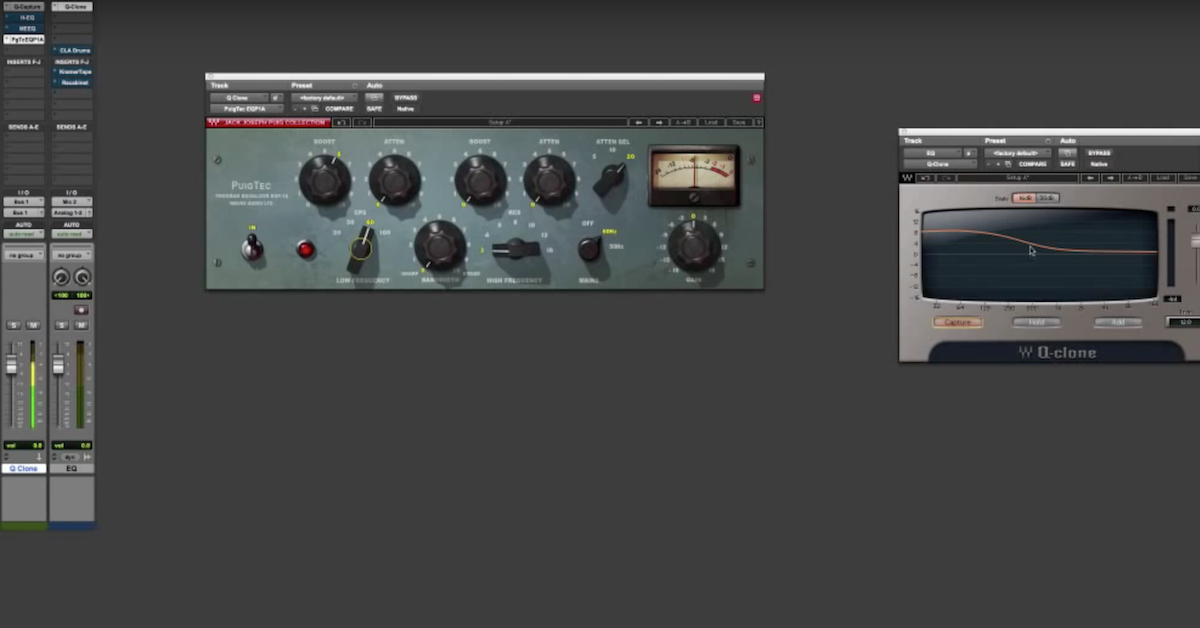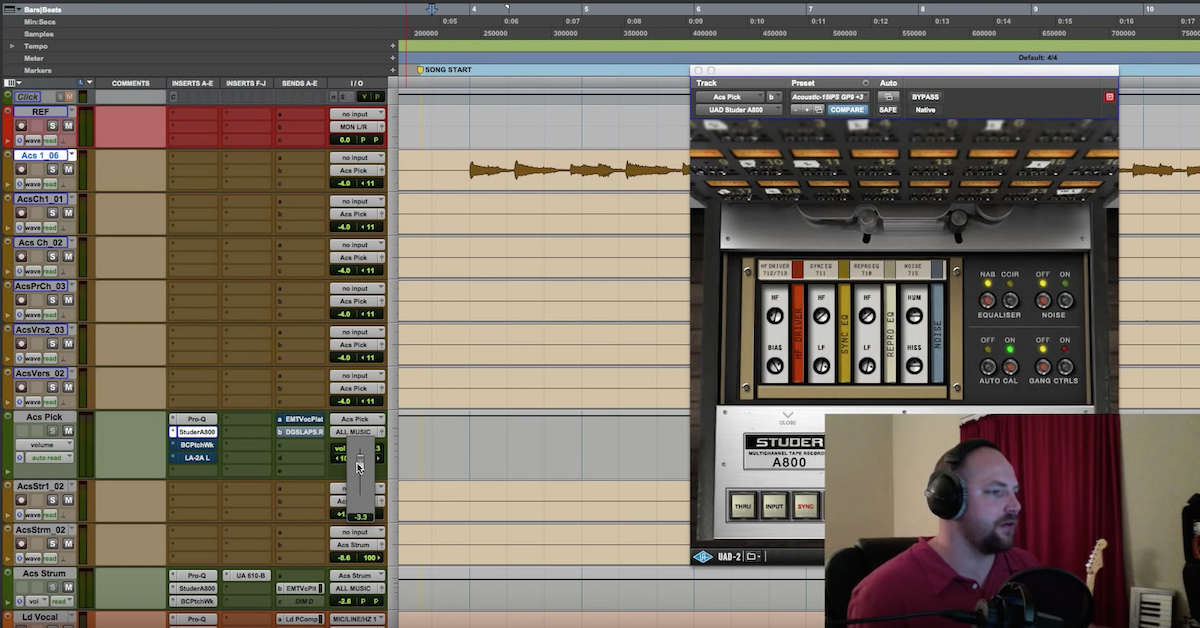5 Mixing Lessons I Learned From CLA (Chris Lord-Alge)
Article Content
Chris Lord-Alge (also known as CLA) is one of the most well known and beloved mixing engineers. His credits include huge albums such as Green Day’s American Idiot, My Chemical Romance’s The Black Parade, Three Days Grace’s One X, Muse’s The 2nd Law and a whopping 20,000+ total songs mixed throughout the duration of his career.
Today, we’re gonna be taking a look at 5 important lessons I’ve learned from studying Chris’s mixing techniques throughout the years, and how you can use them to achieve better results in your own mixes. Let’s dive straight in!
1. Calibrating Your Ears
When you first step into the studio in the morning and load up your DAW with the fresh, raw multitracks that you’re gonna be mixing that day, it’s easy to be tricked into thinking that they sound a lot better than they actually do. The kick might sound like it has a lot of low end, the guitars might sound like they’re pretty bright, and the vocals might sound clear and present — simply due to the fact that you have no accurate point of sonic reference for what good low & high end actually sound like.
To combat this problem, a lot of engineers will start their day by briefly listening to some of their favorite reference material mixed by their favorite engineers. This allows them to somewhat re-adjust their ears from the get-go, and realize just how dull and raw their own tracks sound in comparison.
A similar technique that I’ve learned from watching CLA work is that when he first hits the solo button on a particular instrument, he’ll really crank the high and low shelves on the corresponding SSL channel strip to get a better sense of what bright and fat actually sound like. This allows him to then dial things back and find a good middle ground for where they should be set.
It’s important to note that he’ll do this at lightning speeds, typically having an instrument fully EQ’d within 10-15 seconds of first hitting a solo button. By working this fast, and quickly comparing stark dark/bright variations of the instrument, he’s effectively calibrating his ears to better determine how the instrument should be processed to fit in the mix.
Simple, I know, but a brilliant trick for waking up your ears to the sonic possibilities and spending a lot less time on guesswork!
2. Set and Forget — Using Presets
While CLA is known to be a strong advocate of analog (and famous for working on a huge SSL console with tons of outboard gear), this doesn’t mean that he isn’t utilizing presets in his workflow. Just as the word suggests, a “preset” is simply something that has been pre-set. If you think of it that way, then sure, CLA is definitely using tons of presets in his mixes!
When mixing lead vocals, for example, he loves pummeling 15-20 dB or more of gain reduction on his blue-stripe 1176 compressor (post-EQ), and will pretty much always use the following settings:

If he wants more compression, he won’t turn back to tweak the input and output knobs, he’ll simply send more vocals to it from the SSL!
My point is, we’ll often spend hours upon hours tweaking attack/release times, ratios and tiny threshold adjustments, when a guy like CLA is simply pushing things hard and making things as exciting as possible for the end listener! By all means, learn how all of the knobs and controls on your gear work, but don’t obsess over tiny 1 ms/0.1 dB differences to the point that you’ve lost all sight of the end goal: making interesting and exciting music that’s gonna grab everyone’s attention!
3. Favorite Frequencies
We’re often taught that there are no “magic frequencies” in mixing, and that you should always use your ears to determine what’s right for the particular track you’re working on. There are, however, definitely certain frequencies which tend to work well on pretty much anything you throw them at. In CLA’s case, he really loves 8 kHz, 4.5 kHz and 2.5 kHz for the highs & midrange and 60-120 Hz for the low end.
When EQ’ing a vocal for instance, he’ll typically start with a substantial 8 kHz shelf, then broadly boost a combination of 4.5 kHz and 2.5 kHz to give the instrument some nice midrange presence and bite.

As we talked about in lesson #1, he’s typically cranking these frequencies to determine the limits of where they sound good and then dialing them back to find a good middle ground. It’s also important to note that while applying all of these substantial boosts, he’s typically EQ’ing into some pretty drastic 1176 compression. This has the effect of really subduing a lot of the harsh resonance which would otherwise become overbearing.
4. All Broad. All Additive.
Continuing our discussion of CLA’s interesting EQ’ing habits…
After watching pretty much all of the CLA content available on the internet, I’m pretty shocked to say that apart from maybe a few low end cuts and high-pass filters here and there (which are most likely used just for counteracting the effect of the massive Pultec low end boost he’s got going on his mix buss or on certain instruments anyway), he barely does any subtractive EQ whatsoever!
If you think about it, you can actually achieve the same results with both subtractive and additive mentalities. If you boost a ton of low end and high end, you’re effectively lowering the relative level of the mids. If you scoop out a ton of midrange, you’re effectively shifting the focus to the lows and highs which remain intact.
The primary difference between these two approaches, in my opinion, is that it’s much easier to hear boosts than it is to hear cuts. Therefore you can achieve your desired end results quicker without spending a lot of time tweaking multiple midrange cuts and fatiguing your ears in the process.
Not only that, but when you’re working in a broad, additive mentality and boosting large chunks of low and high end, you’re pretty much keeping the original midrange character of the instrument intact. This means you’re avoiding a lot of the weird resonance problems that can occur when really going to town on the midrange with dozens of bands of subtractive EQ.
Now, this isn’t to say that there’s anything wrong with going subtractive. Bottom line is, you should always try and achieve the desired end result in as few moves as possible, and if that means using subtractive EQ, go for it!
5. Overall Conclusion: Excitement Trumps Perfection
If I was to sum up CLA’s mixing style in a single statement it would be: “excitement trumps perfection.”
I’m a guy who’s always been obsessed with the pristine clarity of Serban Ghenea’s mixes (The Weeknd, Taylor Swift, Bruno Mars), and has made a career out of mixing a lot of modern pop & rap with a similar mindset. When listening back to a lot of my favorite CLA-mixed rock albums from my youth, the thing that really strikes me, and comes as a real wake-up call, is the fact that they’re definitely not “sonically perfect.”
But that’s just the thing! I LOVE the sounds of both of these guys, but for totally different reasons. With Serban, although I’m personally not a huge fan of a lot of the music he’s mixing, the fact that the songs sound so damn perfect sonically makes me want to listen to them regardless.
CLA brings such aggression, power and energy to the table that the overall excitement factor of the track totally overpowers any tiny individual sonic flaws in the instruments to the point that they absolutely do not matter!
P.S. Just to clarify: I’m not implying that CLA can’t hear these “sonic flaws” I’ve mentioned. It’s simply that he doesn’t care, and would rather make broad, exciting moves over notching them all out individually.
Long story short, back in my teenage years a lot of the songs and albums that had a huge impact on me were worked on by Chris Lord-Alge. Although I didn’t know it at the time, a lot of it simply had to do with the excitement he was adding in his mixes, and the fact that he was thinking like a music fan rather than a technician.
The next time you sit down to mix a song, try taking off your “mixer hat” and do as Chris does: listen like a listener. Who knows, you might just end up with the most exciting mix of your career?

![Green Day - Boulevard Of Broken Dreams [Official Music Video] [4K Upgrade]](https://i.ytimg.com/vi/Soa3gO7tL-c/hqdefault.jpg)



![My Chemical Romance - Welcome To The Black Parade [Official Music Video] [HD]](https://i.ytimg.com/vi/RRKJiM9Njr8/hqdefault.jpg)



